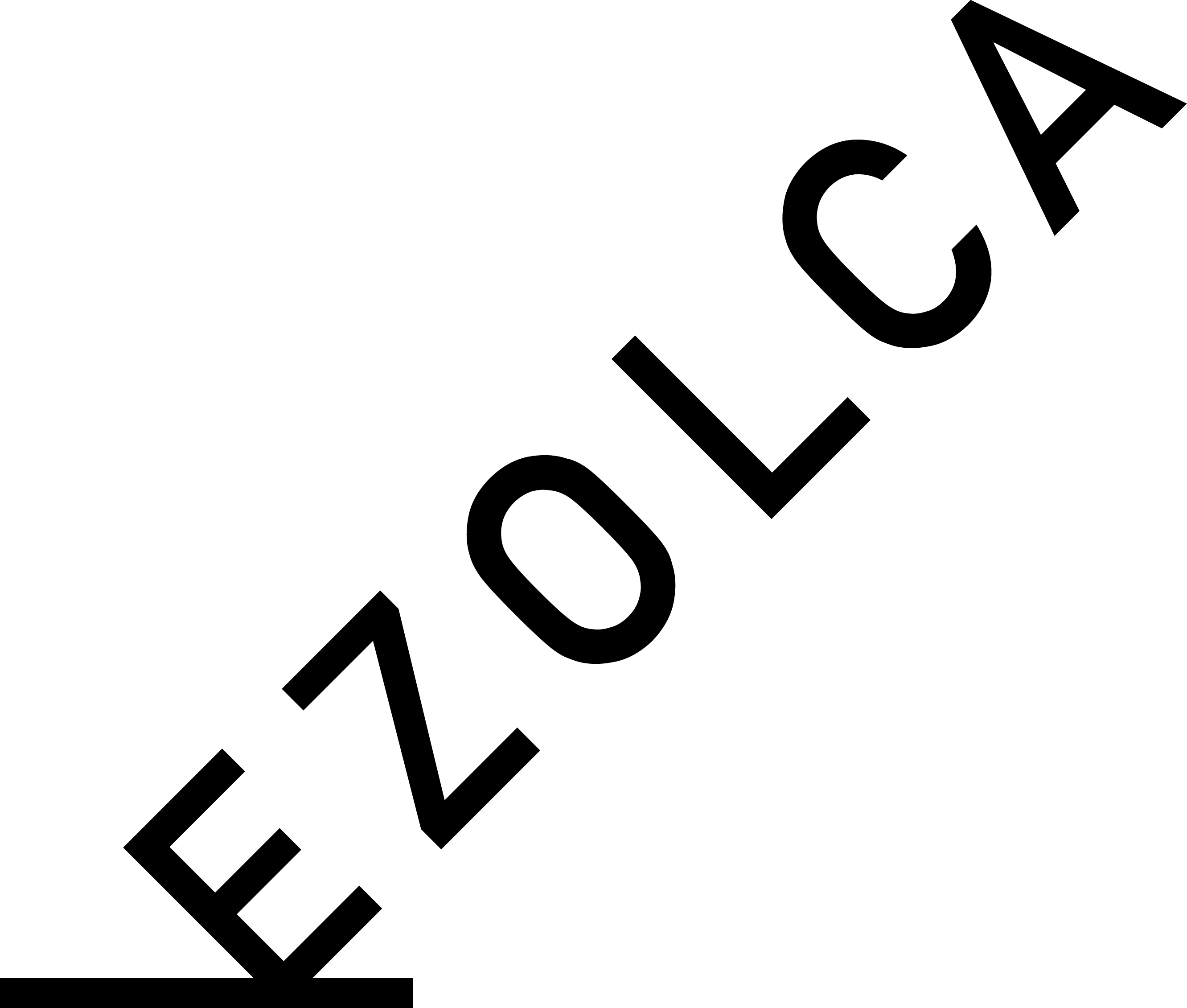Sakata Sanno-sai Sairei Kame Kasa Hoko
Skata city-designated tangible folklore cultural asset
During the Chinju Hie Shrine Festival in Sakata, called Sakata Sanno-sai (presently the Sakata Festival ), each neighborhood contributed a float the festival, Mitsuoka Honma, head of the third generation of the Honma Family, commissioned the Kame Kasa Hoko parade float to contribute splendor to the Sanno Festival and enliven the city. Taking a hint from the Kyoto Gion Festival, in 1765 he had the float built by a Kyoto puppeteer and brought by ship to Sakata.
A Kame Hoko ( turtle float )was chosen because the Kamegasaki Castle was a part of Sakata’s his tory. And turtles were thought to be messengers of the Sea God’s Palace and thus considered very auspicious.
 In addition, the head of this turtle resembles the head of dragon. This is apparently connected to the fact that the Sintai god at Kamihie Shrine is dragon god.
In addition, the head of this turtle resembles the head of dragon. This is apparently connected to the fact that the Sintai god at Kamihie Shrine is dragon god.
For many years, each time the Sanno Festival was held the float was placed in front of the Honma Residence. It was also part of the parade procession and came to be known as “The Honma Family’s turtle.”

In February 2001, it was donated the city of Sakata and designated as a tangible folklore cultural asset. For the two years 2001 and 2002 it underwent repairs and the umbrella was newly restored.
Kamikasa Hoko has an intimate history connected with the Sakata Sanno Festival.
(Sakata Board of Education)
(Displayed in Sankyo Souko)
